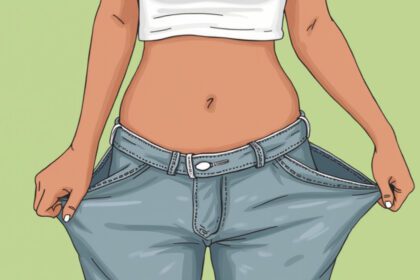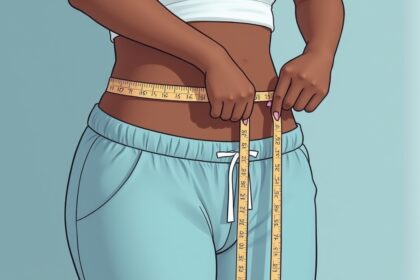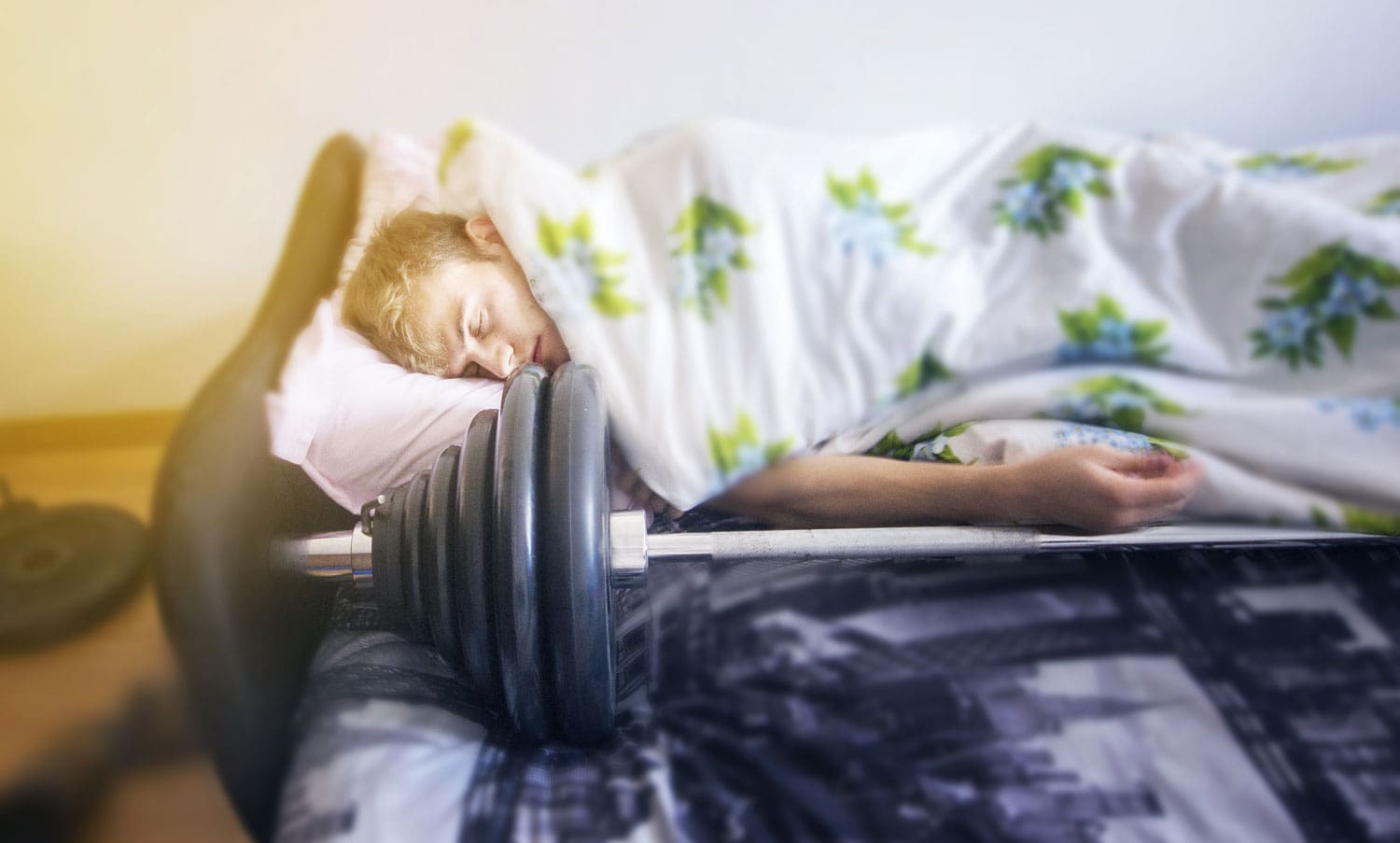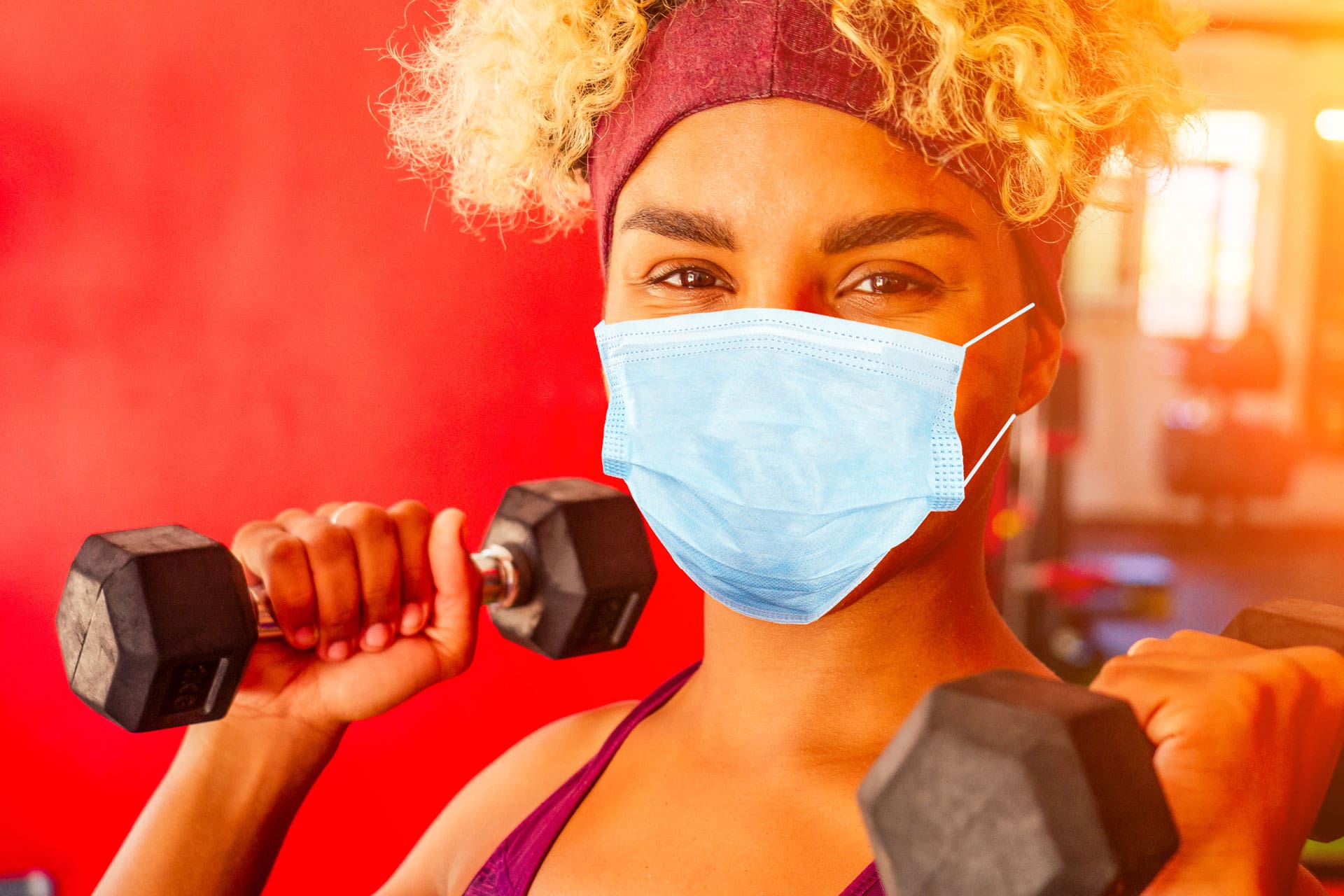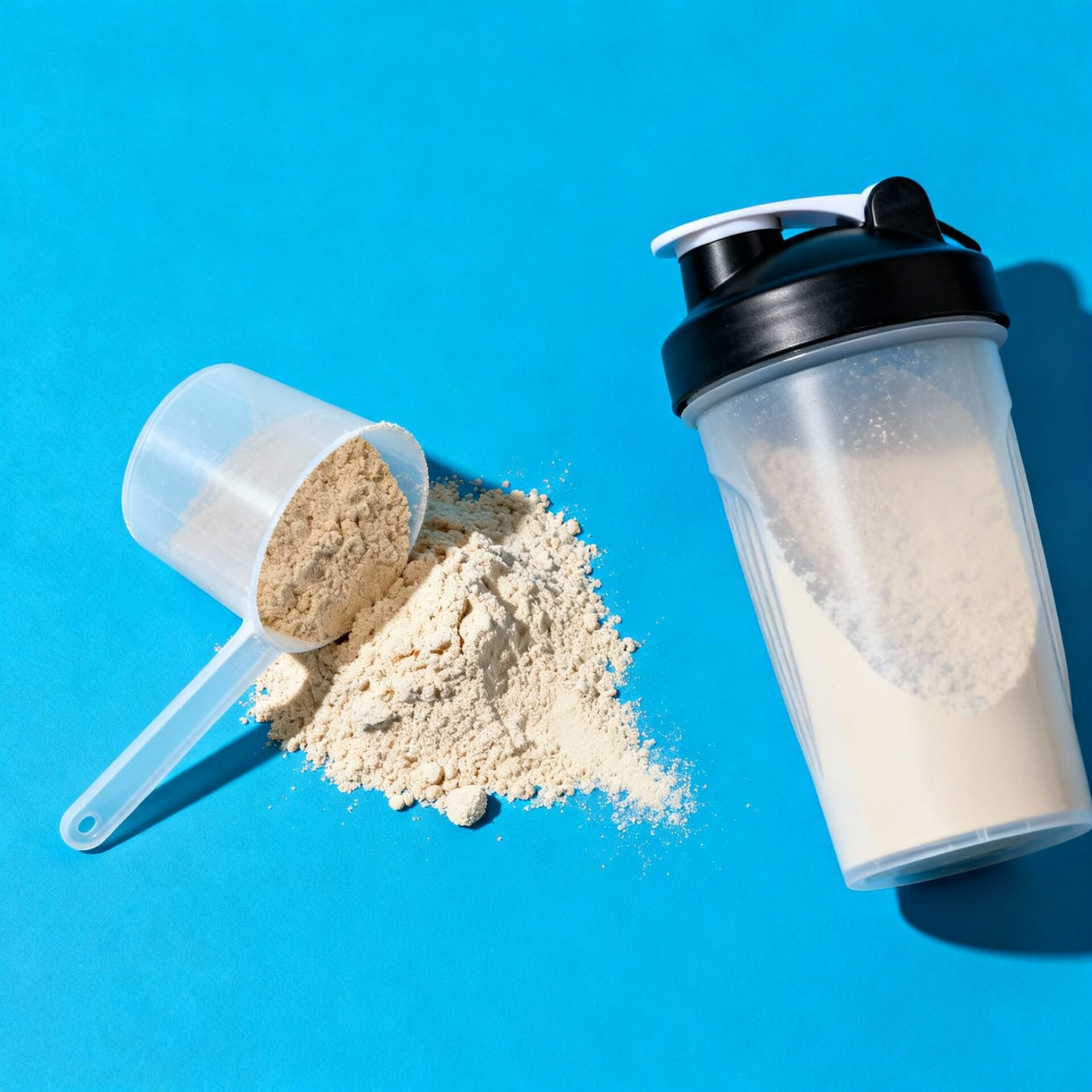By Alexandria Iacono
Gymnasts appear to be designed for the disease, the mental disease, of an eating disorder and disordered eating. Gymnastics is a sport that has become popularized among female adolescents including the seven different disciplines: Artistic Gymnastics, Rhythmic Gymnastics, Trampoline, Tumbling, Acrobatic Gymnastics, Aerobic Gymnastics and Gymnastics for all. The typical route of a female gymnast starts with intensive training from childhood. They reach their peak performance level in their adolescent years, usually training anywhere from 4-6 hours per day 5-6 days per week to compete at an elite level.
The sport of gymnastics is a weight-sensitive and a weight-bearing sport due to the strict requirements. Gymnasts are expected of to be able to easily lift their full body weight against the force of gravity. In all women’s gymnastics disciplines, strength, flexibility, balance, and movement precision are the specific characteristics and standards that must be met. Low body weight and, more specifically, low-fat mass together with muscular strength and power are essential for each movement because of the increased power-to-weight ratio. This is critical to achieve optimal gymnastics performances. Gymnasts must be able to rapidly transfer their body mass across time and space while overcoming gravitational forces. Essentially, excessive bodyfat mass is marked a disadvantage, as it decreases the efficiency of movements. A 1999 study suggested “gymnasts with more subcutaneous fat have lower performance scores.” A lean body shape is considered important for sport-specific aesthetic reasons. “Research in gymnastics sports has demonstrated that short stature, low body mass and low body fat are characteristics of elite female artistic gymnasts…” according to a 2022 study. This statement represents the stigma of the perfect mold for which all gymnasts aspire.
Many gymnasts, in their quest for the “ideal” body weight or shape often follow low calorie diets, use supplements, or engage in other unhealthy weight control practices. The result is many female adolescent gymnasts do not meet the nutritional requirements for energy, macronutrients, and micronutrients. This places them at risk of low energy, compromised ability, and nutritional deficiencies. Ultimately, this often leads to the use of unhealthy weight control practices. These measures place female gymnasts at a risk of developing eating disorders and disordered eating.
Eating disorders are a serious mental illness meeting clinical criteria described in the Diagnostic and Statistical Manual (DSM-5) of Mental Disorders of the American Psychiatric Association. The onset of an eating disorder is typically observed during adolescence. Anorexia nervosa usually begins in early to mid-adolescence, and bulimia nervosa typically begins in later adolescent years.
A 2022 study examined the bodyweight pressures and eating disorder symptoms among adolescent female gymnasts of different performance levels in Greece. This specific study examined the bodyweight pressures that exist in the gymnastics environment. The study explored any correlations between these pressures and eating disorder symptoms in adolescent female gymnasts. One hundred and forty-seven competitive gymnasts and 122 recreational-level gymnasts between the ages of 11 and 17 participated. Each participant completed the following examinations: EAT-26 (Eating Attitude Test), WPS-F (Weight-Pressure in Sport Females), SDS (Social Desirability Scale). The sheer variety of the assigned examinations provided information on each athletes’ training regimen. The study concluded that a significant number of adolescent gymnasts in all disciplines (competitive and non-competitive levels) presented with eating disorder symptoms. The national and international level athletes seemed to have been at a greater risk of developing eating disorders. This finding specifically “highlights the need for providing timely diagnosis and treatment in this vulnerable population.” A main contributor was identified as significantly increasing the risk of developing eating disorder symptoms. It was the pressure that comes from attempts to achieve low bodyweight and a lean shape. Again, the “ideal image and mold” of an elite performing gymnast.
If you are an elite level gymnast on the route of becoming “one of the greats,” you are granted an invitation with the opportunity to train at “The Ranch”. The ranch was run by the Romanian power couple Bela and Martha Karolyi. In the gymnastics world, they were the most well-known coaches after they produced one of gymnastics star athletes, Nadia Comaneci. She is remembered for having scored a perfect 10 at the 1976 Olympic Games. At the ranch, the pressure to attain the “ideal” was ever present. The Karolyi’s controlled every aspect of the girls’ lives, from their diets to routines. They would search the girls’ rooms, looking for snacks that might be hidden away. The Karolyi’s, their coaching staff and even sometimes the other visiting coaches would publicly ridicule the girls about their bodyweight and force the gymnasts to work through injuries. At the ranch a typical breakfast was a measured amount of cereal, lunch consisted of dry tuna and a few crackers, and for dinner was often a small portion of chicken with broccoli or rice.
Another well-known elite gymnast, who competed at the senior elite level from 2008 to 2010 had begun her training at the ranch when she was only 10 years old. This is the age at which elite aspiring gymnasts starts their Olympic journey. She even feared drinking water due to the possibility of gaining any extra weight. She took laxatives daily for six years. The lack of calories and intense workouts left the gymnasts’ bodies malnourished and delayed puberty. Studies have shown that delayed puberty can potentially cause lifelong problems such as osteoporosis. Another former artistic gymnast confessed that her personal coach would limit her to only 800 calories per day despite the hours of rigorous training. While these tragedies only touch the surface of the gymnastics world, there are reliable statistics on the number of gymnasts affected by disordered eating as shown in the 2022 study.
There are several reasons why female gymnasts seem to be particularly vulnerable to disordered eating. A 2022 paper stated that: “Because they need to maintain a thin and girlish figure to be competitive at the highest levels, gymnasts are more inclined to view starving themselves as a way to avoid developing hips or breasts that could negatively impact on performance.” To which the paper added, “Gymnastic judging is subjective.” This suggested that a gymnasts’ appearance may affect their score. Gymnasts are taught that “when you look good, you feel good and when you feel good you perform well.” The sport is full of controlling, authoritarian coaches whose directions to lose weight are taken very seriously by young, impressionable athletes. Many gymnasts follow the directions, believing that it’s just another sacrifice that must be made to achieve their goal.
Gymnastics is both an esthetic and athletic sport. As a result, there is often extra pressure from coaches, judges, and teammates to “not get fat” or to stay lean. Many gymnasts believe it will keep them competitive and enhance their overall performance. Unfortunately, these strategies may have the opposite effect and lead these athletes into an unforgiving disease process.
References
Kontele, I., Vassilakou, T., & Donti, O. (2022, February 14). Weight pressures and eating disorder symptoms among adolescent female gymnasts of different performance levels in Greece. Children (Basel, Switzerland). Retrieved November 14, 2022, from https://www.ncbi.nlm.nih.gov/pmc/articles/PMC8870309/
Lindsey Barton Straus, J. D. (n.d.). High incidence of disordered eating in female gymnastics. MomsTeam. Retrieved November 14, 2022, from https://www.momsteam.com/nutrition/disordered-eating/female-athlete-triad/high-incidence-of-disordered-eating-in-female-gymna
Press, T. A. (2018, February 24). U.S. gymnasts speak of eating disorders, emotional abuse, training on broken bones – national. Global News. Retrieved November 14, 2022, from https://globalnews.ca/news/4045312/usa-gymnastics-abuse-victims/
The contribution of anthropometric characteristics to performance … (n.d.). Retrieved November 29, 2022, from https://www.researchgate.net/publication/12590371_The_contribution_of_anthropometric_characteristics_to_performance_scores_in_elite_female_gymnasts










